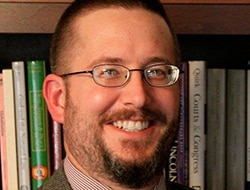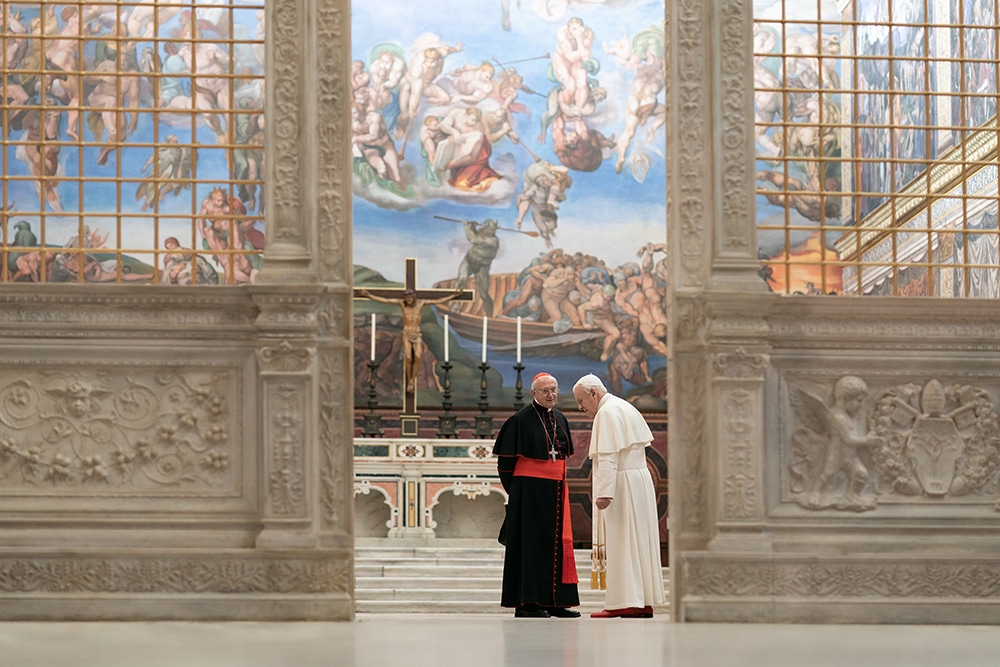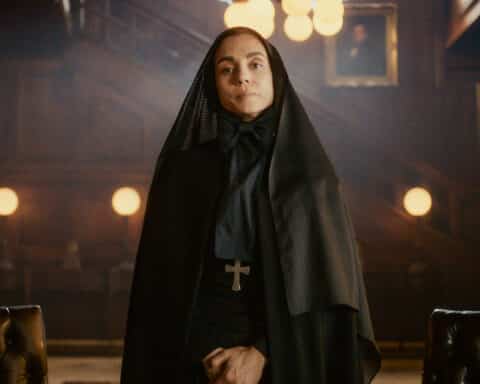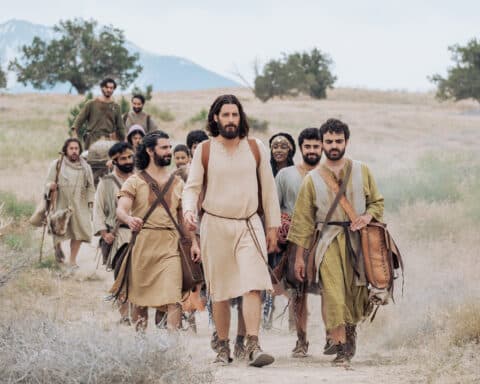
A few minutes into the pre-release screener of Netflix’s “The Two Popes,” I began to wonder what Lukacs, who died last spring at the age of 95, would have thought of it. The producers of “The Two Popes” have been forthright in acknowledging that the film is a work of fiction, and Lukacs would have been the first to admit that fiction can often reveal deeper truths than a mere recitation of the facts ever could. But works of fiction involving historical figures too often fall more into the category of half-truths, and “The Two Popes” is no exception.
The film is driven by masterly performances by Anthony Hopkins as Pope Benedict XVI and Jonathan Pryce as Cardinal Jorge Mario Bergoglio. They lend a veneer of truth by losing themselves in their characters, Pryce even more so than Hopkins. (There were brief moments when I literally forgot that I wasn’t watching Pope Francis on screen.)
The veneer of truth is strengthened by the frequent use of actual quotations from both men in the course of the conversations that the filmmakers have imagined for them. The more closely a viewer has followed the papacies of both Benedict and Francis, the more likely he or she is to recognize those words and to be pulled by them into the work of fiction.
And that’s where the truth in the half-truth finds itself in the service of the lie — or, to put it in more charitable terms, to the underlying ideological vision of the filmmakers. Despite their presumably genuine claim that they wanted to do justice to both Benedict and Francis, they have reduced both men to caricatures (with a few humanizing touches) that will look familiar to Catholics who themselves have been ideologically polarized, but not to those who, to use a phrase common to both popes, have approached both men where they are.
Most reviewers who have recognized how the filmmakers’ ideological preconceptions have shaped the film have focused on the distorted image it offers of Pope Benedict, portraying him as a man whose rigidity is overcome by dialogue with Cardinal Bergoglio (to the point where he essentially handpicks Bergoglio as his successor) and, in the movie’s most shocking fiction, a man whose resignation flows from his sense of guilt over a fictional case of clerical sexual abuse that he mishandled.
But in many ways, it is the fictional Bergoglio who diverges more completely from his real-life counterpart. In the filmmakers’ vision, the future Pope Francis is everything that both those who wish to see him dismantle the Catholic Church and those who fear that he is doing so believe him to be. His complex history is reduced to how one unconfirmed version of his life under the military junta in Argentina forced him to confront his own fears, open his eyes to those on the margins and reject an imagined rigidity that he once shared with Pope Benedict. Because of this (the filmmakers posit), Cardinal Bergoglio’s understanding of truth became much more fluid. He became, in other words, one of them.
Today, we might call “The Two Popes” fake news. But back in mid-2015, before that term had gained currency in the wake of the 2016 presidential election, I wrote an article in which I coined a word that I think is more appropriate here: sophistory — that is, sophism with an historical veneer. Those who practice sophistory — political ideologues, mainly, but also (and more importantly) those who create and shape our culture — always package their ideological vision with just enough historical reality to turn their lies into half-truths, and so deceive those who know no better.
Scott P. Richert is publisher for OSV.





